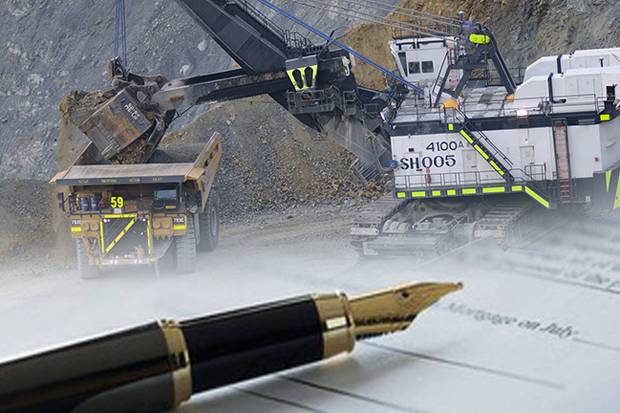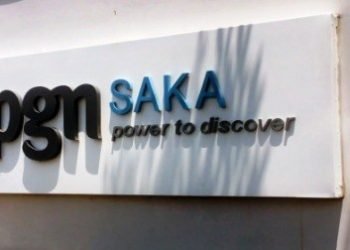Eksplorasi.id.Oil prices rose by around 1 percent on Friday, extending gains from the previous session on expectations that exporters could talk at an upcoming meeting about ways to prop up a market that continues to be dogged by a supply overhang.
International Brent crude oil futures were trading at $46.40 per barrel at 0536 GMT, up 36 cents, or 0.8 percent, and earlier hitting a three-week high at $46.66.
U.S. West Texas Intermediate (WTI) crude futures were at $43.98 a barrel, up 49 cents, or 1.1 percent, and touching their highest since July 25 at $44.17.
Markets were pushed up as Saudi Arabia’s energy minister Khalid al-Falih said in a statement late on Thursday that oil producers would discuss potential action to stabilize oil prices during a meeting next month in Algeria.
“Talk of production cuts in the oil market saw prices surge overnight,” ANZ bank said on Friday.
An outlook published by the International Energy Agency (IEA) that said it expected the supply and demand balance to tighten towards year-end also supported prices.
Traders said an 8.1 percent drop in China’s oil output in July to a five-year low of 16.72 million tonnes also lifted prices because it would mean Asia’s biggest economy has to import more crude.
Oil prices, however, are still some 12 percent below their last peak in June as brimming storage tanks and production that exceeds consumption weighs on markets.
In physical oil markets, Iran set its September official selling price for light crude to Asia at a discount of $0.85 per barrel versus benchmark Oman/Dubai prices.
This made the Iranian light grade $1.30 a barrel cheaper than in the previous month, the latest sign that exporters are willing to accept discounts in return for market share.
AB Bernstein said global oil production increased by almost 0.8 million barrels per day (bpd) in July, compared to the previous month, to 97.01 million bpd, while commercial inventories increased by 5.7 million barrels to 3.09 billion barrels in June.
Despite relatively cheap crude feedstocks prices, analysts said refinery margins, known as cracks, were poor as refiners continued to make more fuel than the market can absorb, resulting in brimming storage tanks around the world.
For July, Bernstein put Brent cracking margins at $3.02 per barrel (down $1.83 a barrel from June); U.S. Gulf Coast cracking margins at $5.06 a barrel (down $0.03); and Singapore cracking margins at $4.74 per barrel (down $1.03).
Eksplorasi/Dian/Source






